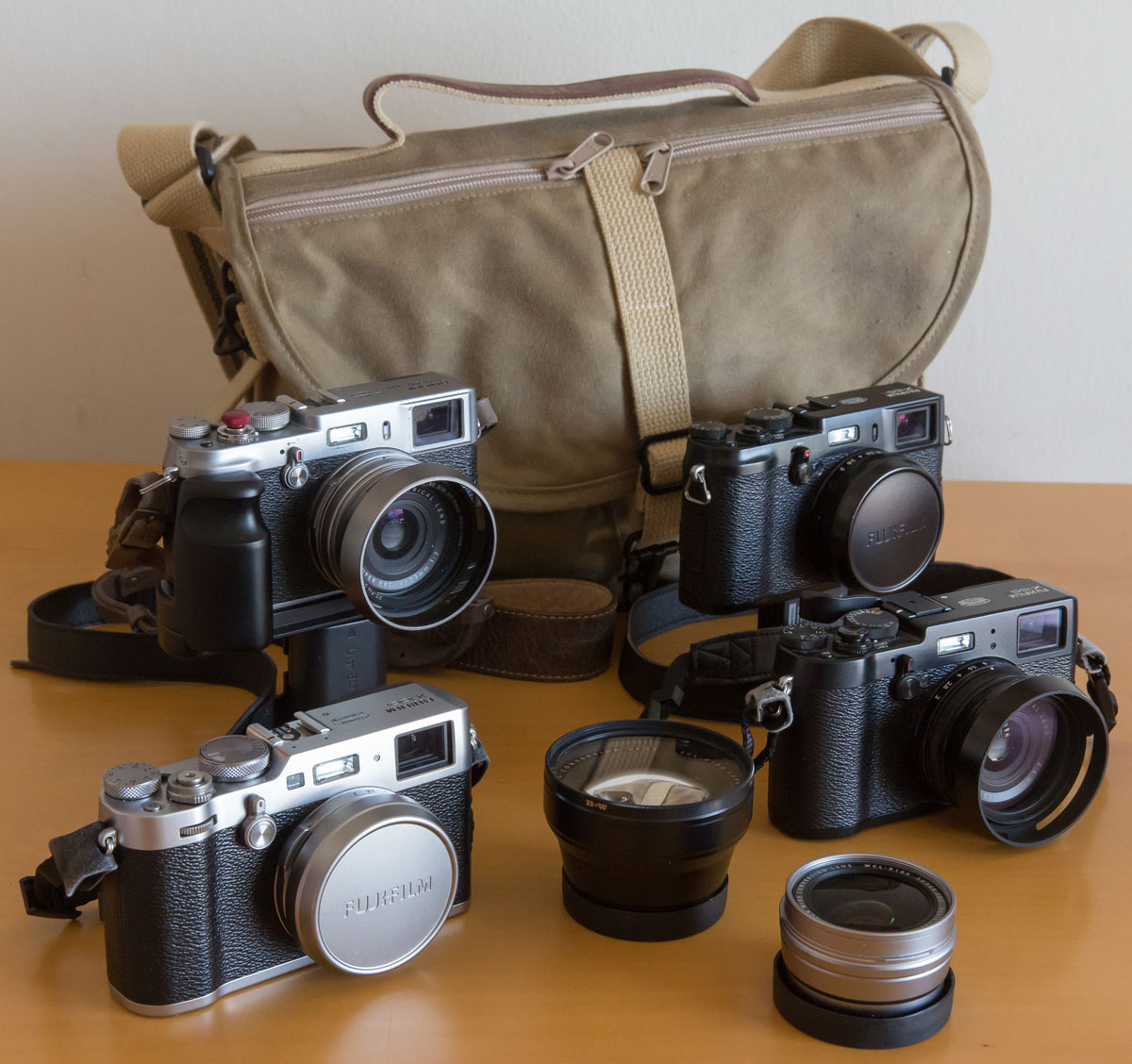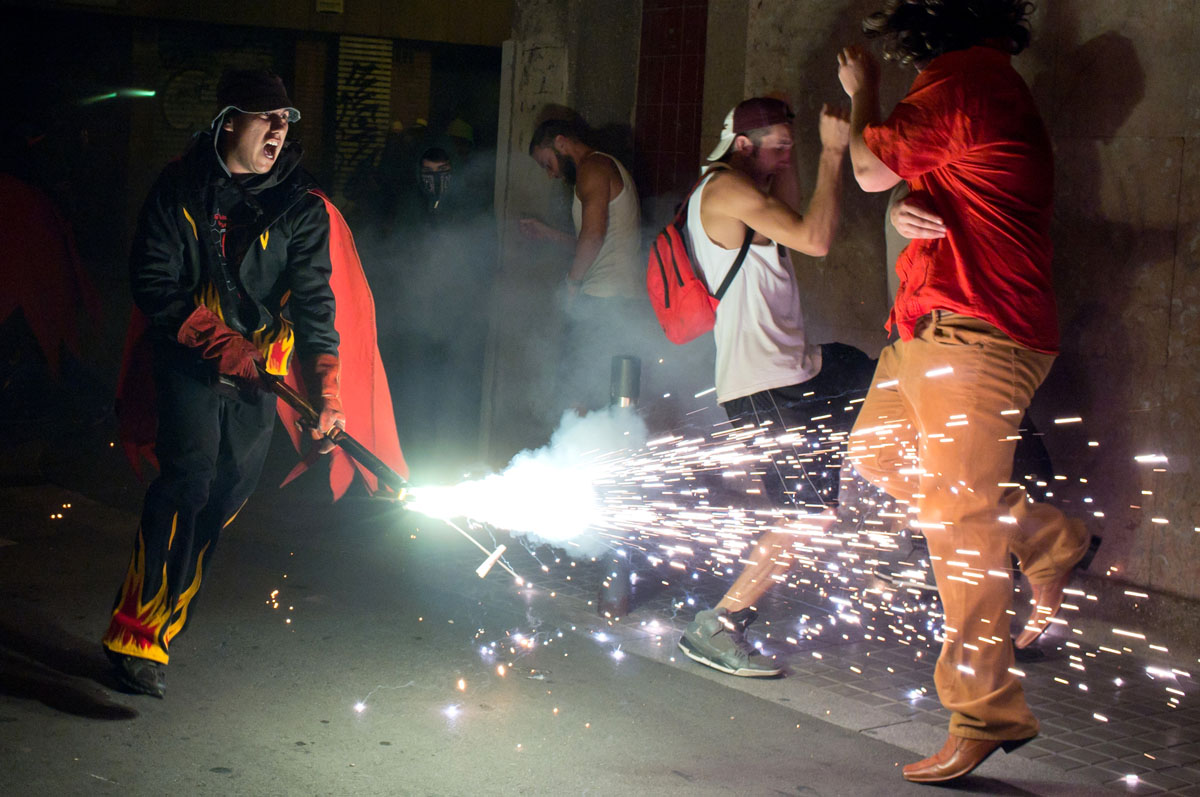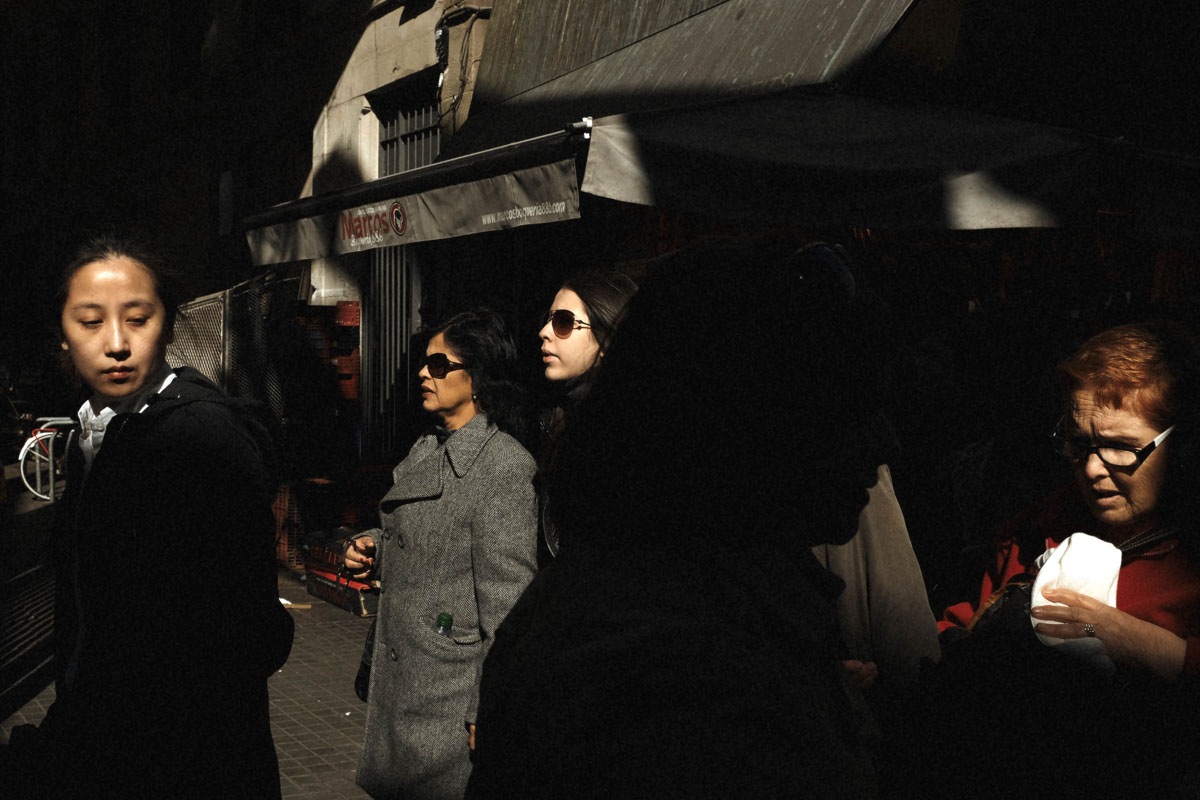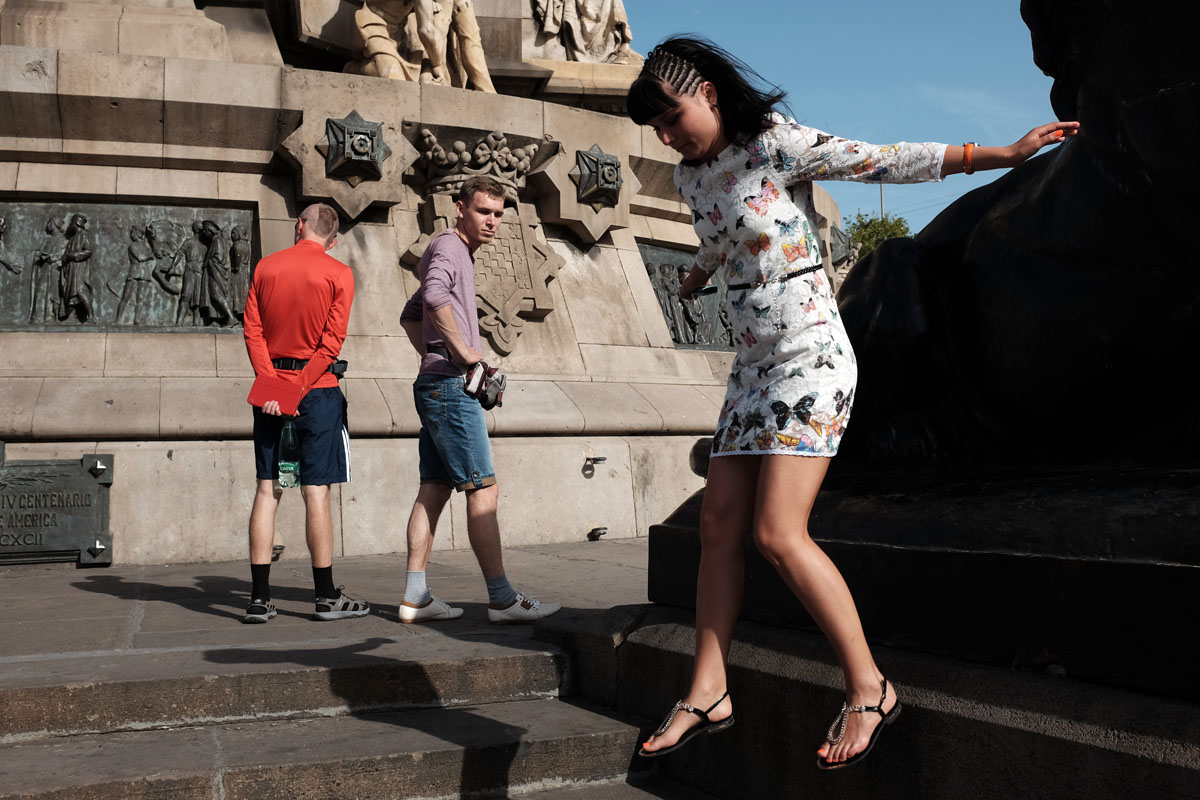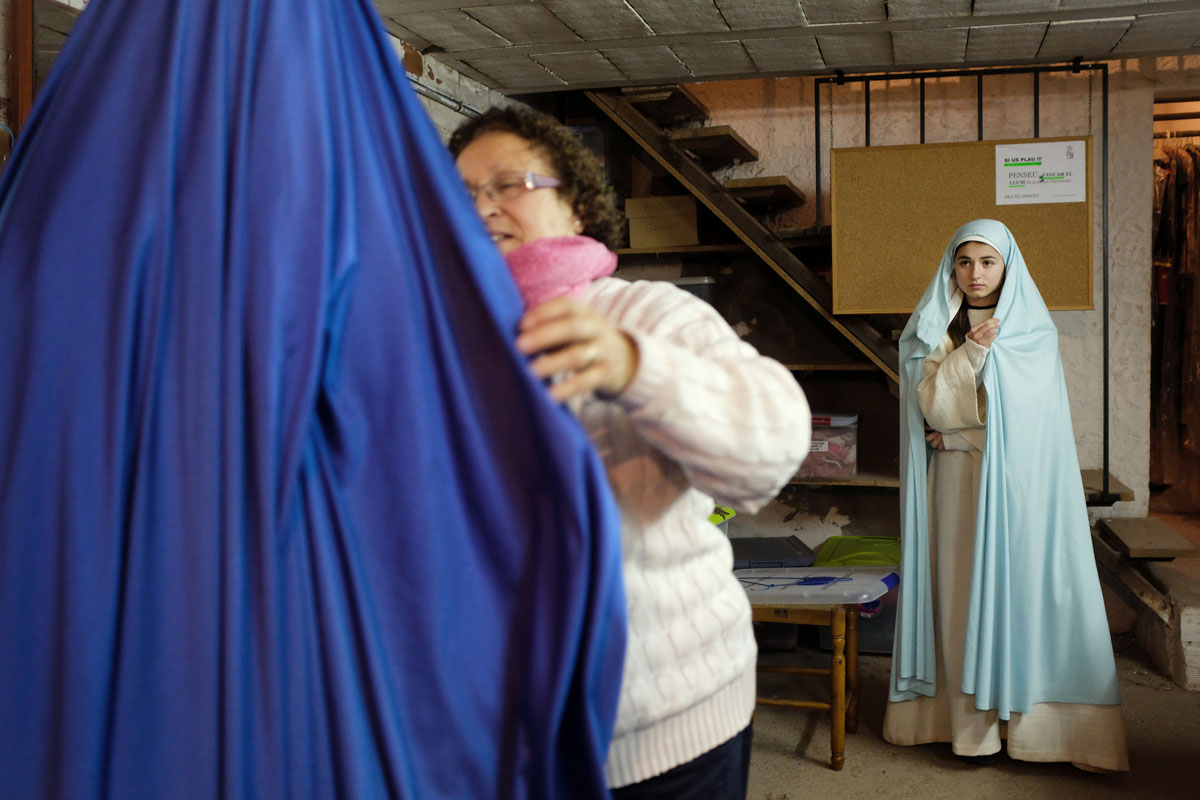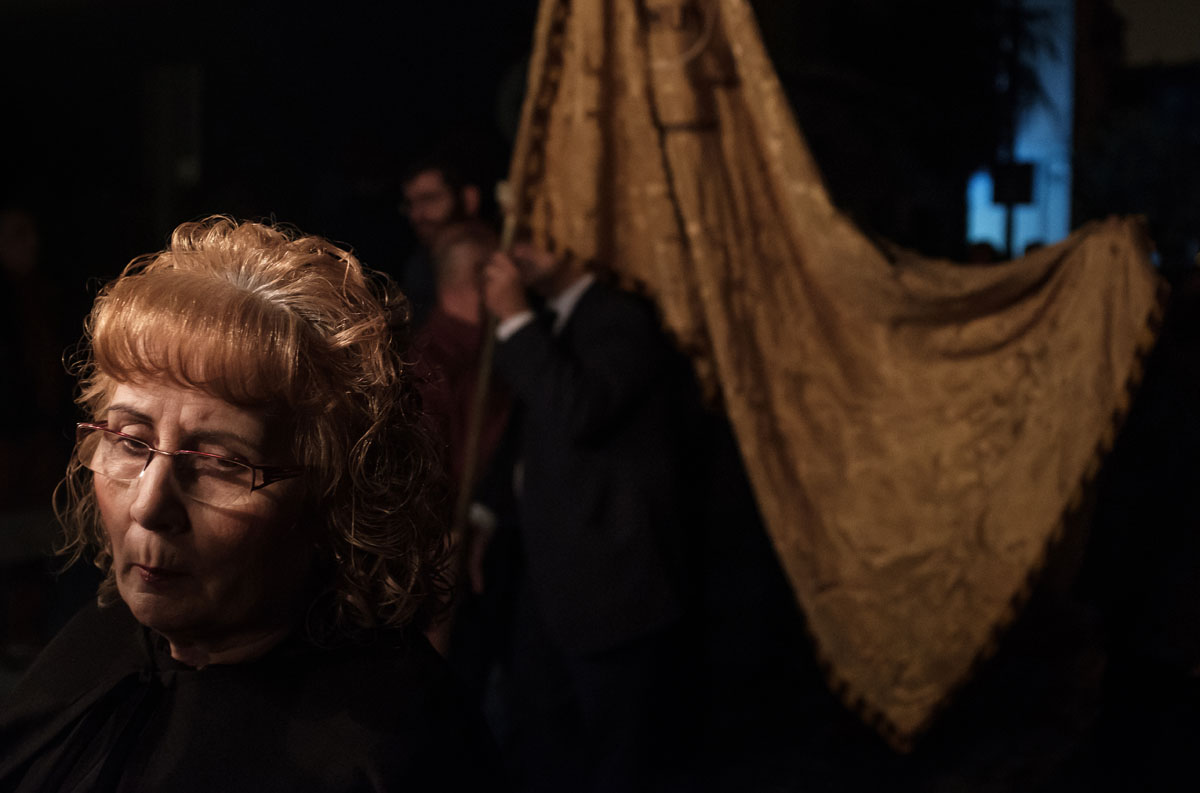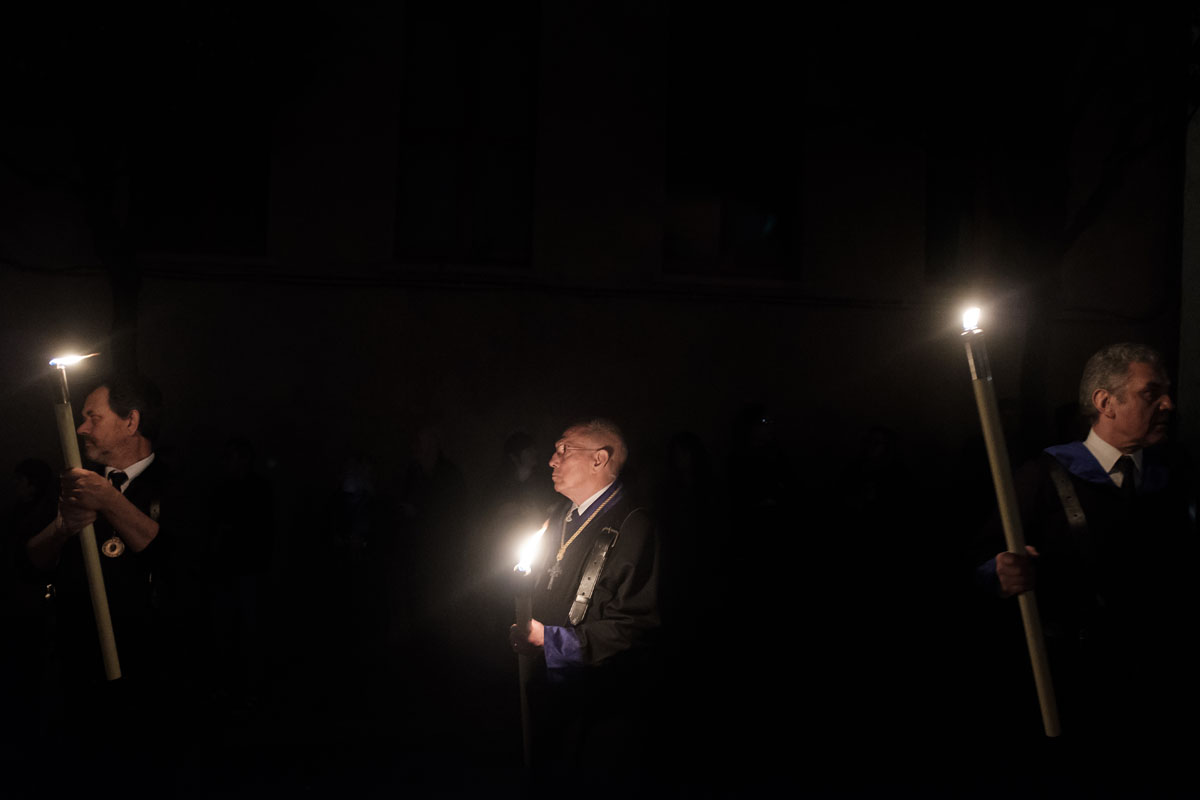
The FUJIFILM X100 Series – David Airob
In the world of photography there have always been cameras whose features have set them apart because of super-fast autofocus systems, endless bursts of shooting, sensors with an extensive tonal range, etc., and they have all been models used by amateur and professional photographers alike. But there are very few that in addition to exceptional features people fall in love with for having something that makes them special. I’ve always called them “cameras with a soul” as on top of being our work tools they captivate you as soon as you see them.
That’s exactly what happened to me when I saw the first photo of a FUJIFILM X100. The vintage design was the first thing to grab my eye. I fell for it straight away and since then it’s been a fully integrated part of my work bag throughout all of its evolutions. Now we are being introduced to the new F version, a model with an operating speed that bears no comparison with the original release. It’s been almost six years since the X100 was first presented at Photokina and I’m glad to see Fujifilm hasn’t changed the design but simply incorporated technical improvements whilst retaining all its old magic and charm.
The inclusion of the joystick at the back and the change of battery are the two standout features of the new X100F for me. If you add in the speed of the new processor, you’re talking about a camera that invites you to take shots silently and discreetly, features that have always been very important in this model, but with a speed that means you won’t miss the precise moment you want to immortalize.
Both for news coverage and travel, the X100 is a camera that dovetails perfectly with the rest of your photographic equipment. In fact, if you’re thinking about buying the two lens converters you could get a very small-sized piece with three different focal distances. The new FUJIFILM X100F detects them automatically as soon as you attach them to the lens, without having to go to the main menu to specify that you are using them.
Of note is the new customizable button at the front of the viewfinder mode-selector lever. Its position close to your right-hand fingers makes it a huge aid and it has been assigned a wealth of parameters. In my case I’ve used it to quickly select the white balance.
In terms of the rear design, they really got it right with the new location of the buttons. Now they’re all found on the right of the display, making it possible to work practically with just one hand, and also afford a visually cleaner design.
The 100 family is undoubtedly the basis of the entire Fujifilm X system. From the original reference through the S, the T and now the new F, Fuji has stayed true to a philosophy of a camera which changes only in regards the constant improvements that have been added to its different evolutions whilst continuing to invite us to stroll around with it, enjoying photography from the discretion it is known for.
A model that was a mystery when it was unveiled at Photokina but which immediately became the star of the show. The years since have only served to consolidate the X100 as one of the most special models that populate the contemporary offering of photographic cameras and which delight all the amateurs and professionals who have fallen for its charms, in a display of passion that can only be conveyed by cameras “with a soul.”















































